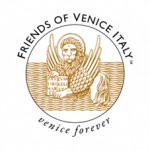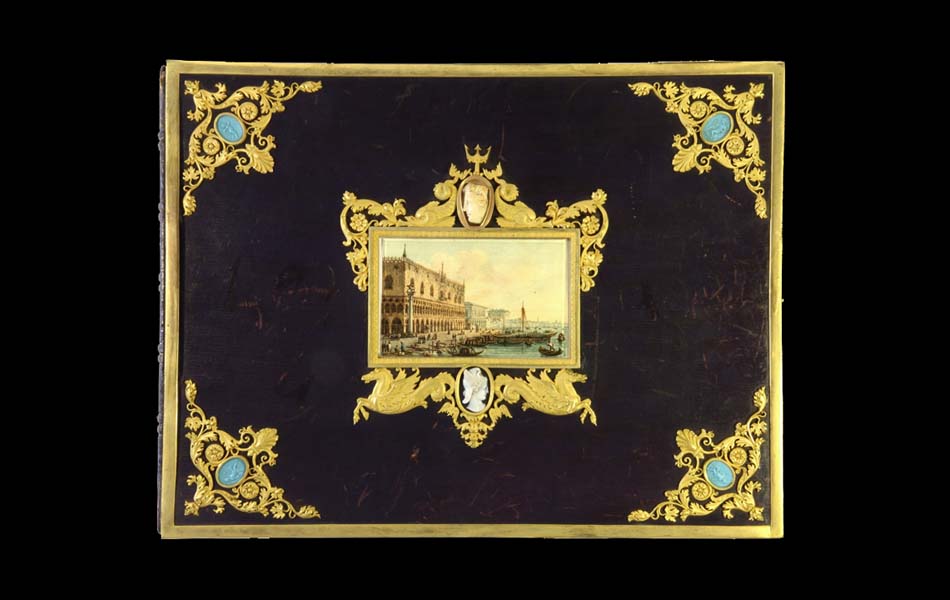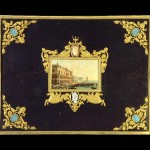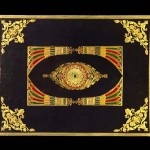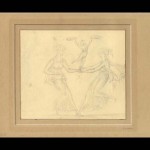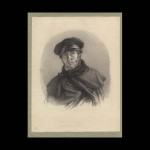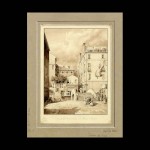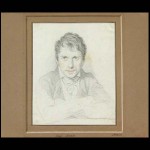Alberto Craievich
Director of the Drawings and Prints Cabinet, Museo Correr
The Drawings and Prints Cabinet of the Museo Correr preserves an outstanding testimony of Italy’s neoclassical art and culture. This is The Cicognara Album which takes its name from its owner, Count Leopoldo Cicognara (Ferrara 1767 – Venice 1834), one of the most fascinating figures of his time.
After spending his youth studying the humanities and travelling the length and breadth of Italy for educational purposes, he was an early supporter of the Cisalpine Republic and became a member of its legislative body. In 1808 he was appointed president of the Accademia di Belle Arti [Academy of Fine Arts] in Venice, a post he held until 1826, even after the fall of Napoleon. A cultured and brilliant man, he was extremely active in the cultural policy of the city and beyond; during his time in office at the Venetian institution, he published his principal works which included the monumental Storia della scultura [A history of sculpture] and Le Fabbriche più cospicue di Venezia [The most significant buildings in Venice].
It is to him that we owe such important initiatives as the arrangement of the Gallerie dell’Accademia which was just then taking shape with the arrival of paintings from places of worship suppressed by Napoleonic decree. His too was the conception of the so-called “tribute of the Venetian provinces to Austria”, whereby the 10,000 zecchini or gold coins due from the Veneto as a donation for the emperor’s wedding were converted into works of art to be produced by local artists. Moreover, he was the promoter of the international subscription to erect the monument to Canova in the Frari church following the death of the great sculptor, about whom he wrote a fundamental biography.
This album bears witness to his close friendship with the artists of his time and constitutes a sort of liber amicorum composed of 81 sheets. Within, we find all the names of Italian neoclassicism: Vincenzo Camuccini, Andrea Appiani, Giuseppe Bossi, the young Francesco Hayez, but also French artists like François-Marius Granet, Lancelot Théodore Turpin de Crissé and Louis Léopold Robert. A total of no less than six sheets are by his lifelong friend, Antonio Canova, of whom Cicognara was a passionate admirer. The drawings are bound together in a sumptuous binding, decorated with bronze friezes depicting floral decorations, sea horses and dolphins, which in turn frame cameos of various eras and, in the middle, a splendid miniature with a view of Venice.
The sheets document every graphic technique and all possible subjects. There are drawings in pencil, pen, coloured chalks and watercolour depicting views, portraits, landscapes, genre scenes, sacred and profane compositions.
We find juxtapositions of preparatory studies for major works alongside “finished” drawings made expressly for Cicognara. As a whole, this is a unique work, in view not only of the political and cultural role of the collector, but also for the number of artists present, who are the expression of every artistic school of the period. Made known to scholars by Alvar Gonzáles-Palacios in 1970, this precious volume was presented to the general public in 1978 on the occasion of the Venezia nell’età di Canova exhibition. For the occasion, the sheets of the album were unbound and placed in passe-partout frames.
Now, forty years after that event, substantial conservative problems have emerged requiring an adequate restoration of the entire graphic work. The conditions of the drawings vary a great deal from sheet to sheet. The work needed ranges from simple maintenance operations to delicate restoration for those sheets corroded by iron gall ink. Furthermore, in most cases it will be necessary to provide for the deacidification of the pages on which the original drawings were mounted for support.
Finally, compromised by time, all the old passepartouts will be replaced.
